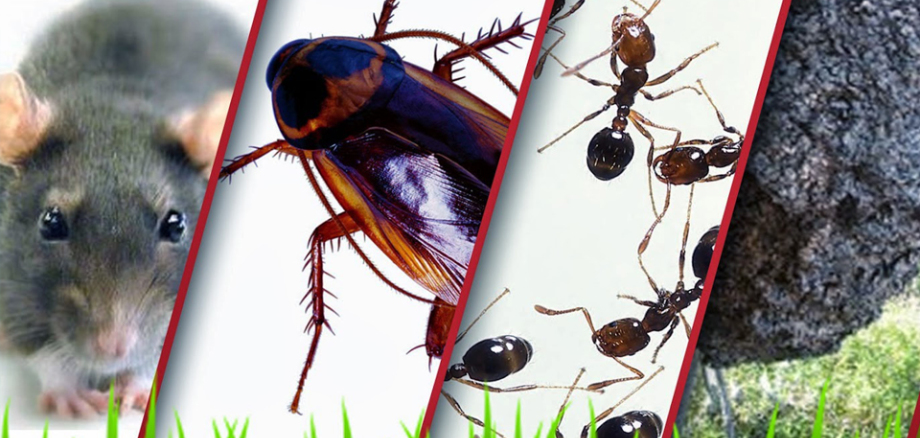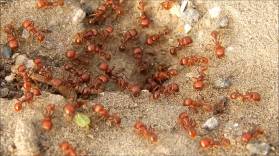
Harvester Ants
Often mistaken for Fire Ants.
How do they look?: Workers of the Texas red harvester ant colonies have long bodies and range in color from red to dark brown. They have square heads, noticeable pinchers and no spines on their bodies. Winged males and female swarmers are larger than worker ants. Aside from the ants themselves, large mounds, almost 53 inches across in extreme cases, and barren soil near the mound are the most visible signs of harvester ant activity.
What danger do they pose?: Harvester ant behavior differs between each species, as evident by their feeding and nesting habits. Unlike many other ants that infest indoor structures, all species of harvester ants prefer not to invade houses and buildings, but may accidentally find themselves indoors. Harvester Ants will establish their nests around gardens or yards, often destroying vegetation. Red Harvester Ants can be aggressive delivering a painful sting. Sometimes, the stings of harvester ants can cause allergic reactions, especially to those sensitive to their venom.
When do they mate?: During red harvester ant mating swarms, winged males and females emerge from their colonies. Red harvester ant mating swarms occur annually in warm environments. Red harvester ants are most active in warm temperatures, and mating swarms typically occur in the afternoon after rainfall or heavy storms. Although mating swarms occur between June and October, they are most common in the months of August and September.

